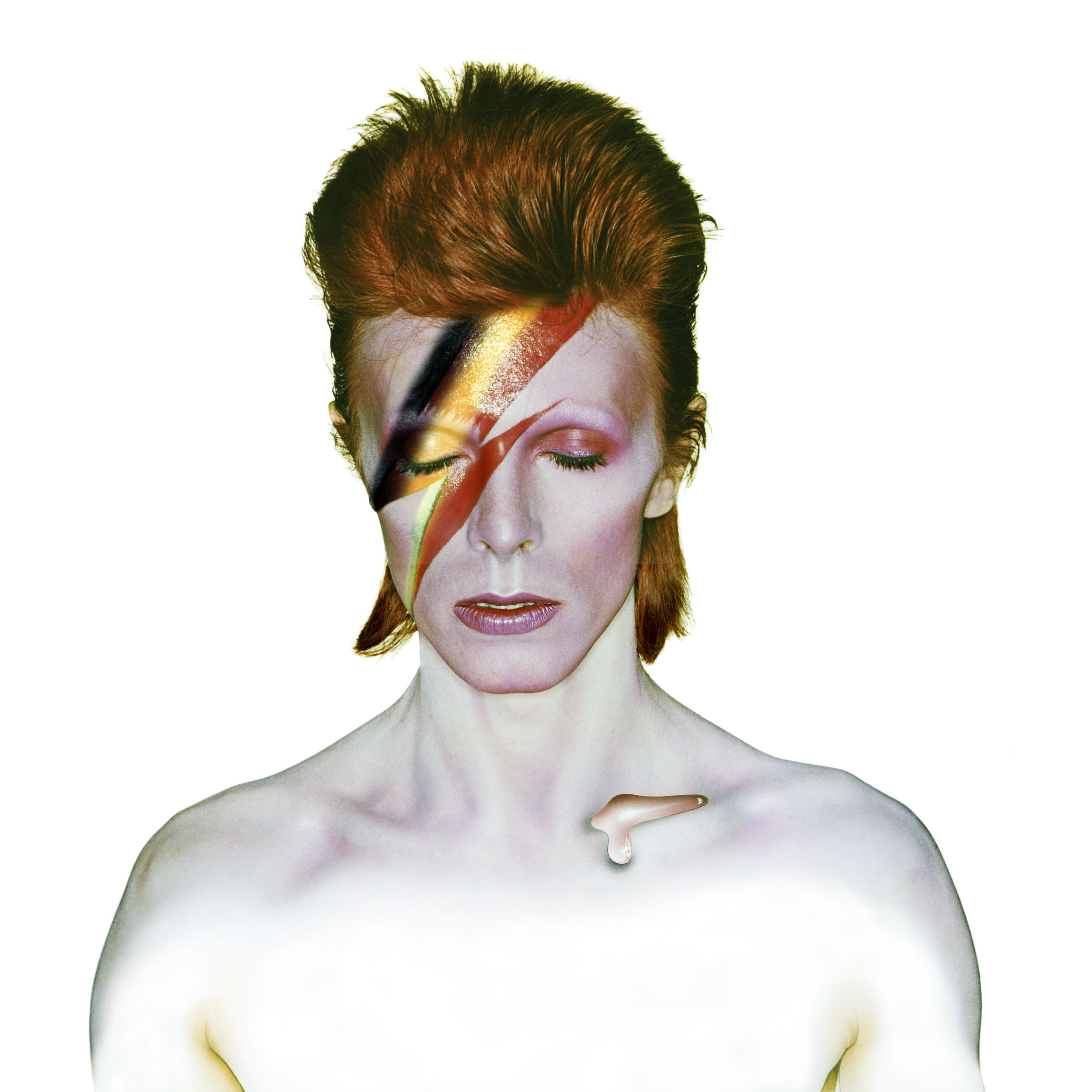David Bowie has been an inescapable presence within music for decades, demonstrating his eclectic range of talents to the world. His pervasive cultural presence allowed him to be the symbol of innovation and originality as he continued to be an icon for decades.
Bowie’s life remained a spectacle right until his last days, as the announcement of his death on 10th January was a colossal shock, just two days after the release of his 28th studio album, Blackstar (2016). As he chose to keep all details of his suffering with liver cancer out of the public eye, Bowie’s death caused worldwide disbelief as fans gathered at memorial sites in London, Berlin, Los Angeles, and also New York, where he passed away in his apartment.
From his earliest recordings in the 1960s right until his death, David Bowie employed a variety of different musical styles. His early recordings were strongly influenced by the rock and roll era from the likes of Elvis Presley and Little Richard to the wider world of show business.
However, his musical ability was not rigidly fixated to one category like many conventional artists today. Bowie transcended the boundaries of genre by bouncing from one music style to the other. As a pioneer of glam-rock, the release of the song Space Oddity gave him his initial commercial breakthrough, timed to coincide with the Apollo 11 moon landing in 1969, giving him a UK top five hit.
The period known as the Berlin era between 1976 and 1979 was one of the most experimental stages of his career as he collaborated with Brian Eno and Iggy Pop on various projects. The album Low (1977), partly influenced by the techno sound of German bands such as Kraftwerk, evidenced away from his traditional song writing and more onto abstract musical arrangement.
Bowie’s uniqueness combined both the visual and aural qualities of performance to present a completely different conception of music. His entire image was extra-terrestrial, correlating with his obsession with space, which he continuously used as a motif in his music right until the end of his career.
This is seen in the chilling music video for title track Blackstar, as a woman discovers a dead astronaut. After a schoolyard punch-up in 1962, Bowie’s left eye remained permanently dilated, having the serendipitous effect of lending him an unearthly appearance. The thrower of the punch, George Underwood, remained a good friend of Bowie’s and even provided album artwork for Hunky Dory (1971) and The Rise and Fall of Ziggy Stardust (1972).
One of the most distinctive aspects about Bowie is extensive assortment of personas that he adopted in his music that include Major Tom, Thin White Duke, and most significantly, Ziggy Stardust. The concept album describes the story of a bisexual alien rock star, highlighting the artificiality of rock music, discussing issues of politics, drug use, and sexual orientation.
Although the Ziggy identity gave him great success, Bowie decided to abruptly retire his career-defining alter ego at Hammersmith Apollo in 1973 after having toured relentlessly for a year. Bowie’s plethora of fictional characters was displayed in ‘David Bowie is’ at the Victoria and Albert museum in 2013.
The exhibition featured over three hundred objects including various costumes, instruments, set designs, and photography. Bowie’s art and performance brought a new dimension to popular music through continual reinvention. The cult of Bowie subverted the traditional boundaries of the whole notion of what it was to be a rock star. It is rare to find a popular artist today that has not been influenced by him.

